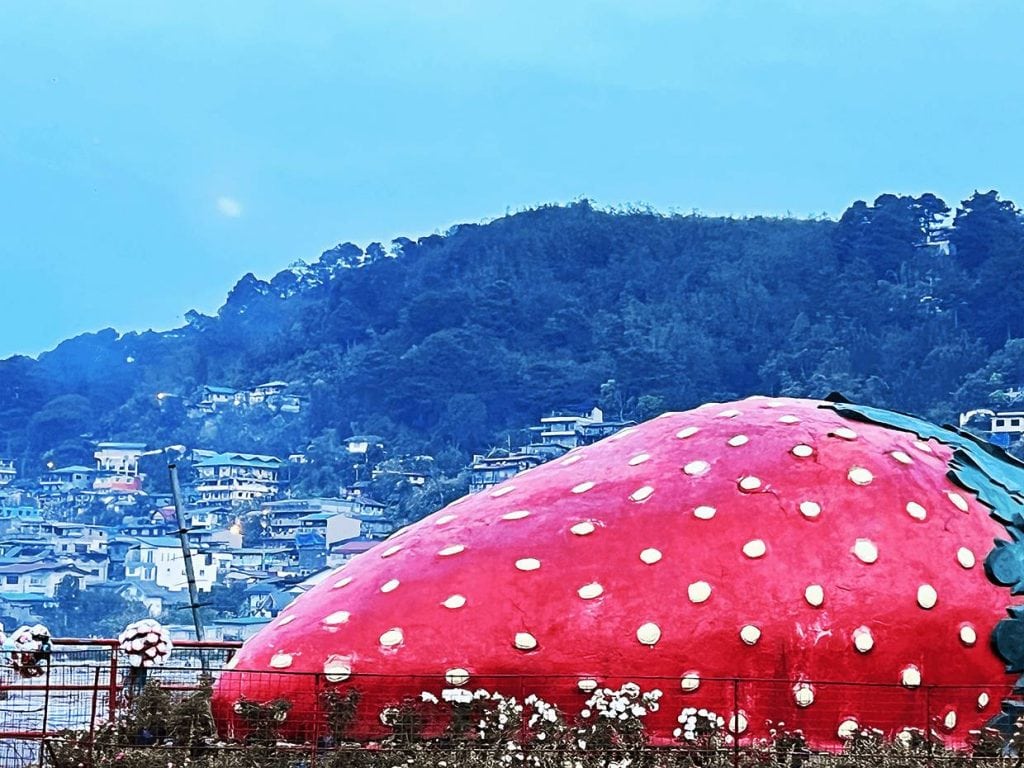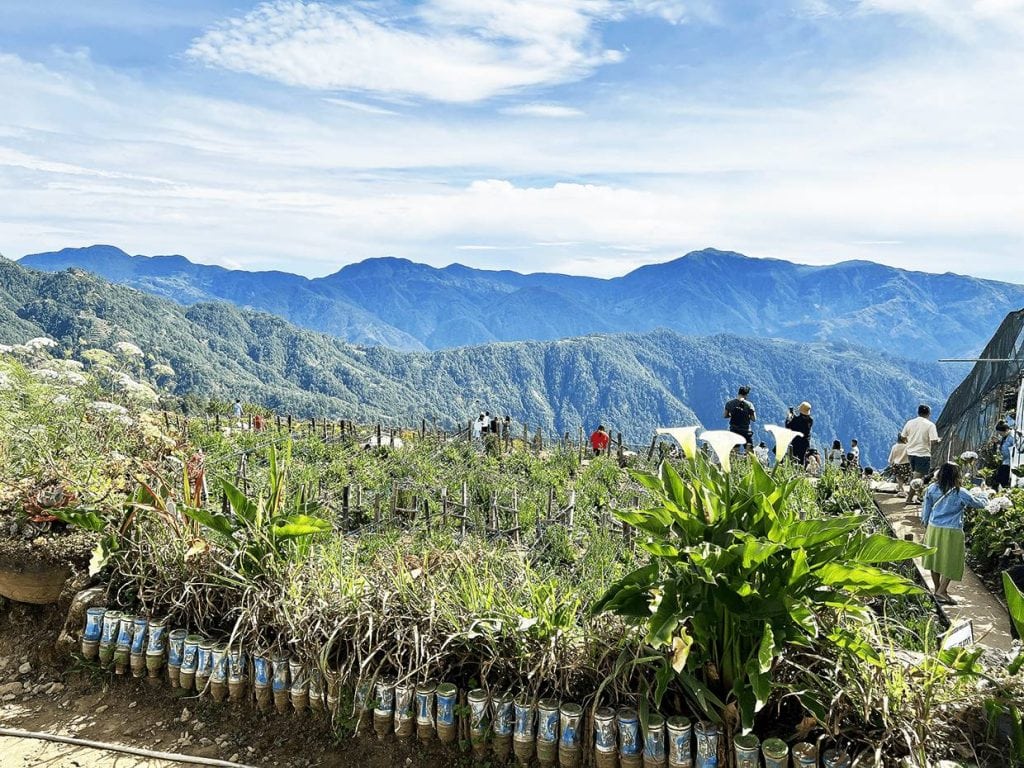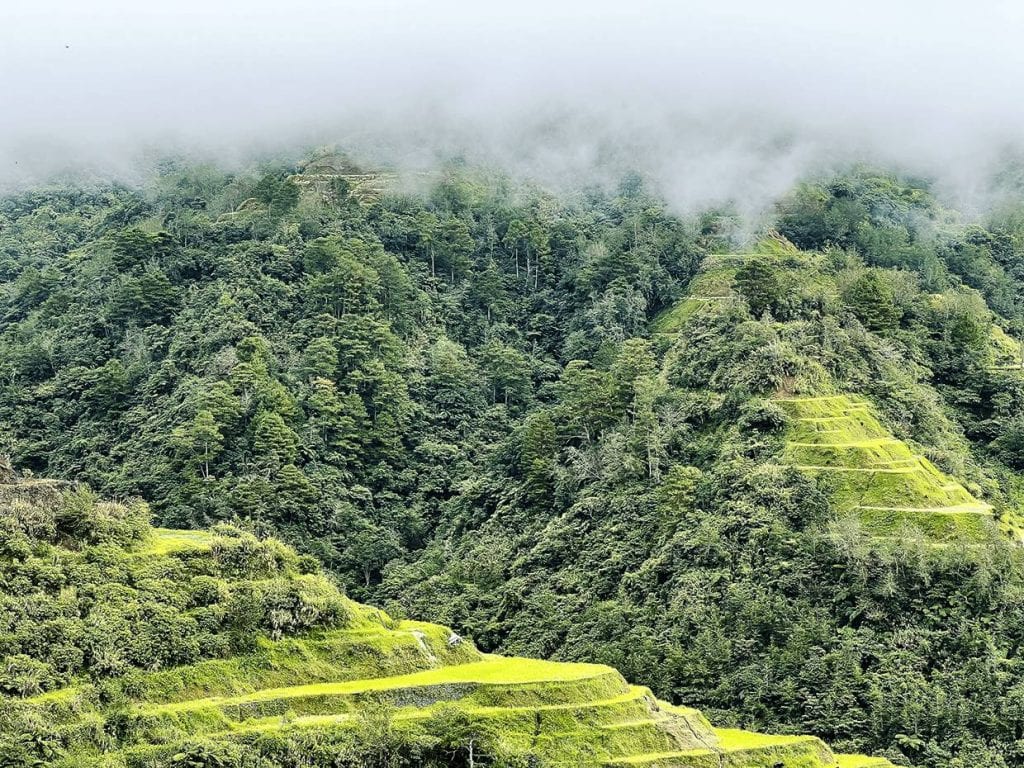The Philippines is currently undergoing a period of great economic growth. Fortunately, the growth is not only in numbers, but also in the systems and structures that are the pillars of a healthy and well-planned economy.
Agriculture is one of these pillars. Recently, the administration made a bold gesture to underscore the importance of agriculture when the President personally took upon himself the role of Secretary for Agriculture. This is giving importance to the task of agricultural policy and planning, which touches not only on food security at the broader level, but also on efficiency, research and development, and infrastructure (farm-to-market roads), which bring more prosperity to rural areas by unlocking the value of farmers’ hard work.
Tourism is another asset to the Philippines’ economic development. It creates local jobs and brings income from overseas markets. A highly developed tourism industry will allow Filipinos to leverage these strengths in such a way that creates value without personnel needing to work off-shore.

As an architect and a real-estate developer, I am interested in the intersection of agriculture and tourism. In particular, as an Italian living in the Philippines, I am influenced by examples of agri-tourism in Italy, where it has been quite successful.
Farms in rural Italy often supplant their income from farming with income from hosting guests on their premises, who are attracted to the idyllic environment, and the chance to escape city life. Here in the Philippines, a similar formula could be unlocked with the right planning and inspiration.
Tourism in the Philippines has long been associated with beaches. While the country’s beautiful coastlines should continue to be showcased sustainably, in order to offer world-class experiences to visitors, I also believe that the Philippines can offer many agri-tourism experiences.

One component that would be needed for successful agri-tourism is already present. This is the abundant natural beauty of the Philippines beyond the cities and apart from the beaches. The hinterland is often overlooked in discussions about tourism, and this would be a waste.
The component that may need further planning and development is infrastructure, including access and facilities for tourism. The facilities required for agri-tourism could consist of smaller facilities which are tailored to the individual local environments, or even improvements to existing structures.
Architects often think in terms of design “languages,” by which we use or identify shared points of reference in designs. For example, urban design languages often communicate convenience, modernity, and connectedness. This can be through the thoughtful planning of urban density and the close dialogue between residential areas, commercial and entertainment areas, and workplaces.

Rural areas can also benefit from the development of their own design-language for a uniquely Filipino agri-tourism industry. Farms can achieve more than food output.
What could this new design language look like? And how could it contribute to the unlocking of agri-tourism as a new driver of economic growth and prosperity?
I believe that it should emphasize sustainability and lightness of footprint. It would consist of structures that are in harmony with the rural environment, and should be inspired by the vernacular architecture of the area.
There are already existing examples of this formula. Popular apps like AirBNB already display many available properties in rural areas, offering escapes from the city. I believe this serves as an early “proof of concept” for agri-tourism. In order to truly unlock its potential, however, I believe that the concept itself deserves more recognition, and integration into our ideas of what tourism in the Philippines could be.
We at Italpinas Development Corp. have long believed in the power of design, and also in the potential of growth areas outside the largest cities.
This mindset inspires us to play a role in economic growth as real estate developers. It is my hope that the same mindset could unlock great value in other industries as well, by changing our ideas of what tourism can be.
* * *
I would like to invite you to Like, Follow and Share my online spaces and content on Facebook, LinkedIn and on Twitter.
